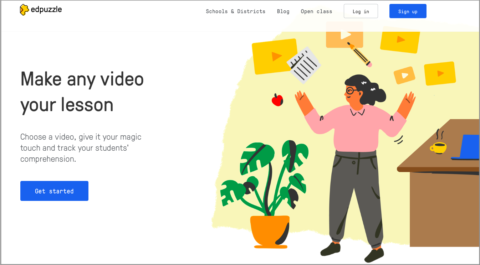In two weeks…
Get ready to see what Dr. Stephen Krashen had to say when he and I recently sat down to talk. Dr. Krashen shared plenty about the importance of comprehensible input. But, do you know how he got started on his life-long work in the language acquisition field? You won’t want to miss this exclusive interview!
Let’s face it. Reading is hard work for many students. For those of us who love to get lost in a book and could spend hours pouring though the pages, it’s difficult to understand how everyone doesn’t feel the same way.
Decoding Difficulties
Many native English speakers struggle to decode and comprehend texts for a variety of reasons. Phonics rules taught in the early grades have many exceptions, which often make them less than helpful. These difficulties are compounded for English learners who are reading in a language they don’t have as much experience with. It can be exhausting trying to sound out a word you’ve never even heard before.
Confusing Comprehension
Long sentences with complex or unusual vocabulary contribute to comprehension issues. Other factors, such as genre and literary style also play a role. Some genres, such as mysteries, require readers to pay close attention to details and keep track of a number of clues to make sense of the story. Classic works may spend considerable space developing character traits and motives, and although this adds to the richness of the storyline, it makes it difficult to keep a struggling reader engaged long enough to get to the plot.
Imagine someone asking you to read a textbook about astrophysics when it’s possible you can’t even explain what the topic is about. You might be able to use your decoding skills to call out many words in the book, but you are not likely to comprehend most of it. A lack of background knowledge will make it difficult to read the book, but it will also contribute to your lack of motivation. Do you really want to try again tomorrow? For ELs, reading is a daily struggle.
Looking for Help
To address these problems, many teachers look for texts that will both interest their students and that are written at a reading level they can understand. However, this can be difficult when the students are upper elementary or older. A 7th grader is not going to be motivated to read the picture books written at her 1st grade reading level.
A Good Solution
One solution is High/Low or Hi/Lo texts. These are books written with a high interest level, but lower vocabulary demands. They use shorter sentences and less complex vocabulary, and the authors strive to write in a way that will maintain reader interest. Less implication is needed to understand motives and the storyline typically moves along at a engaging pace. Additionally, the texts are written about topics that will interest readers of a particular age, even though the language used is geared toward a lower reading level.
There are many publishers who have made these types of books available. Below is a list of a few to get you started.
Reading Rockets – High/Low books for children
High Interest Publishing – Many books for middle and high school students
High Noon Books – Classified by reading level
Saddleback Educational Publishing – Graphic biographies and others
Please note: Dear Dr. Mooney has no affiliation with any publishers above and does not necessarily recommend all of their offerings. Please rely on your knowledge of your students’ needs and use your professional judgment when choosing texts.








